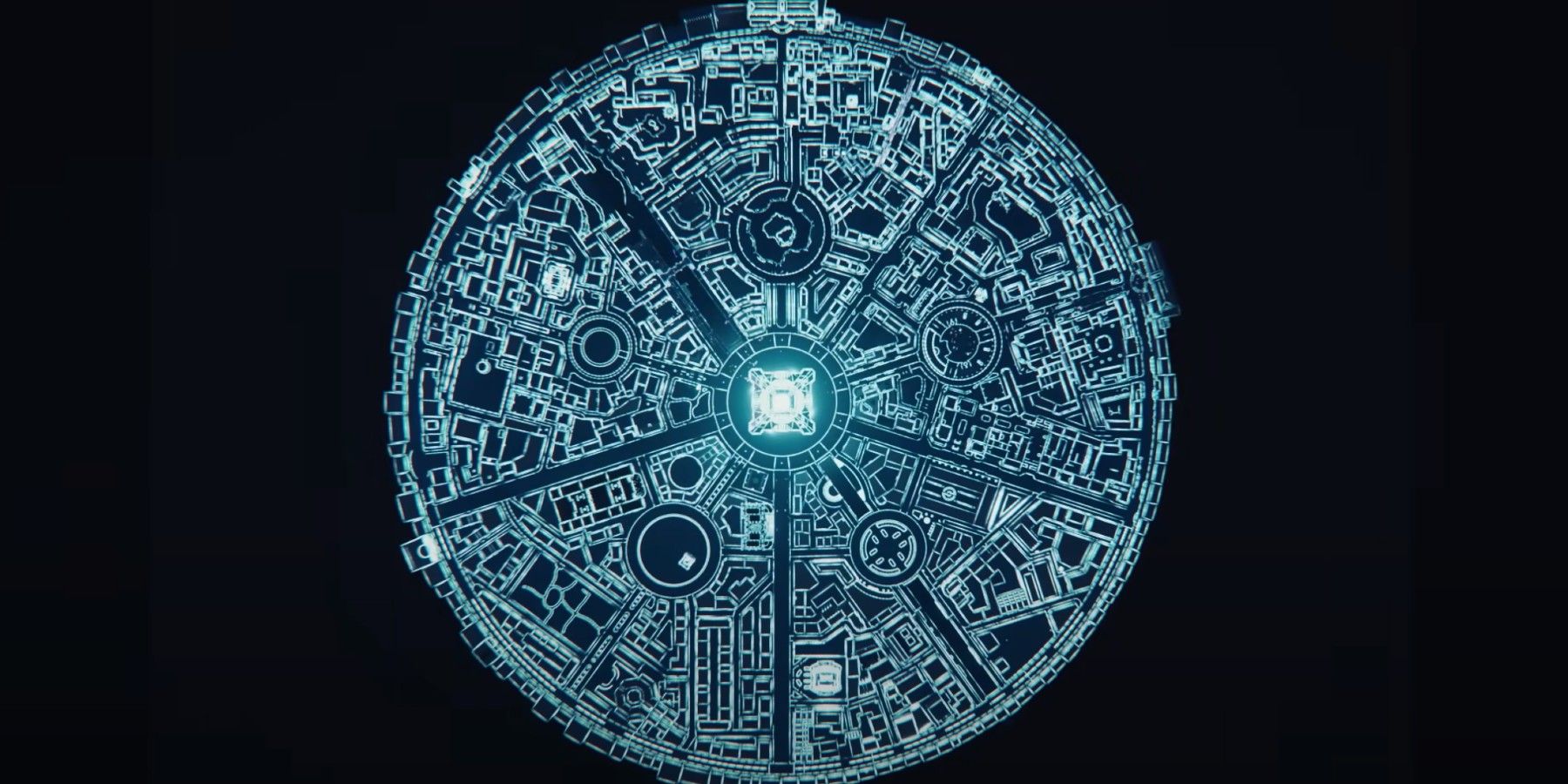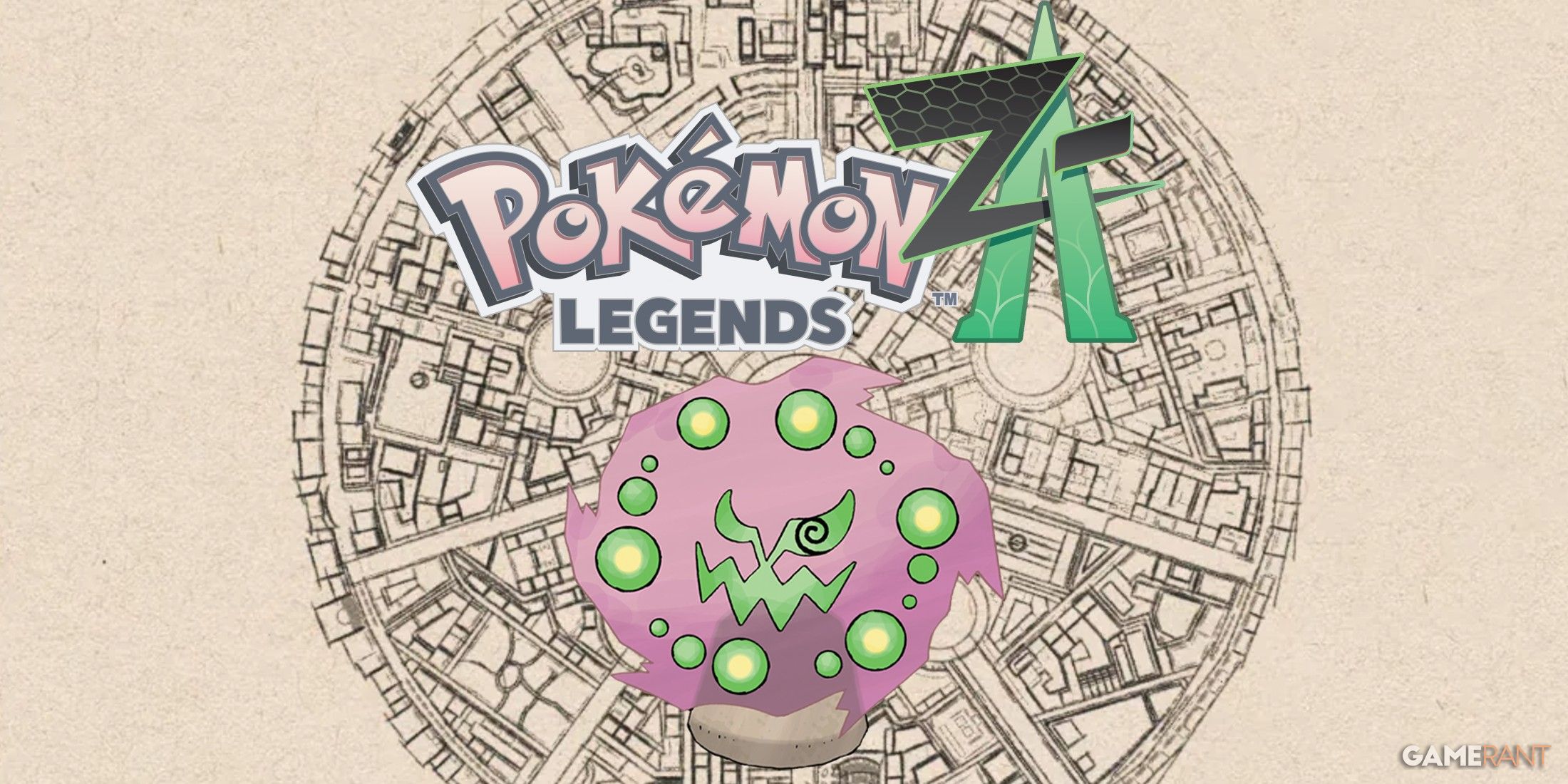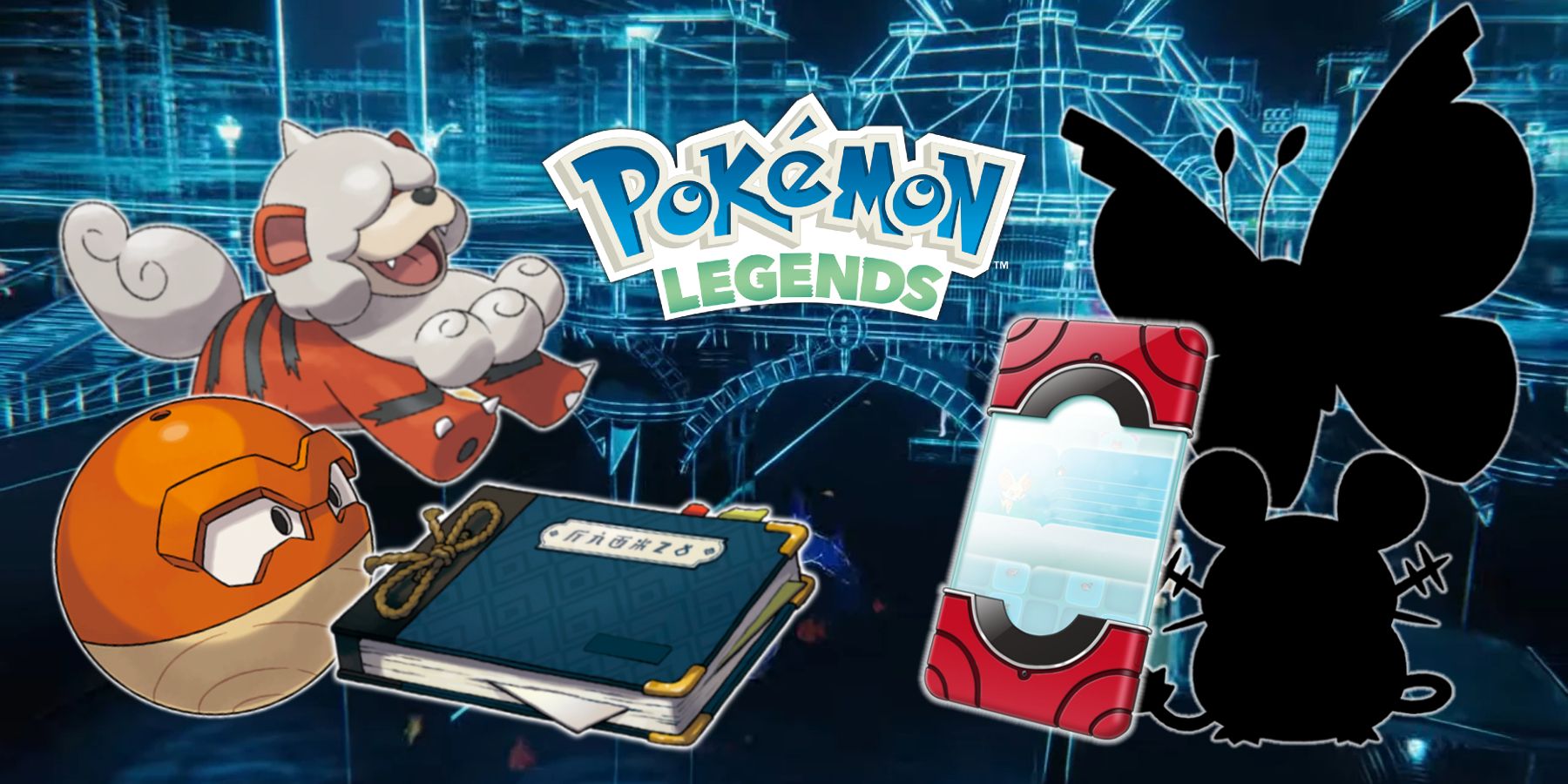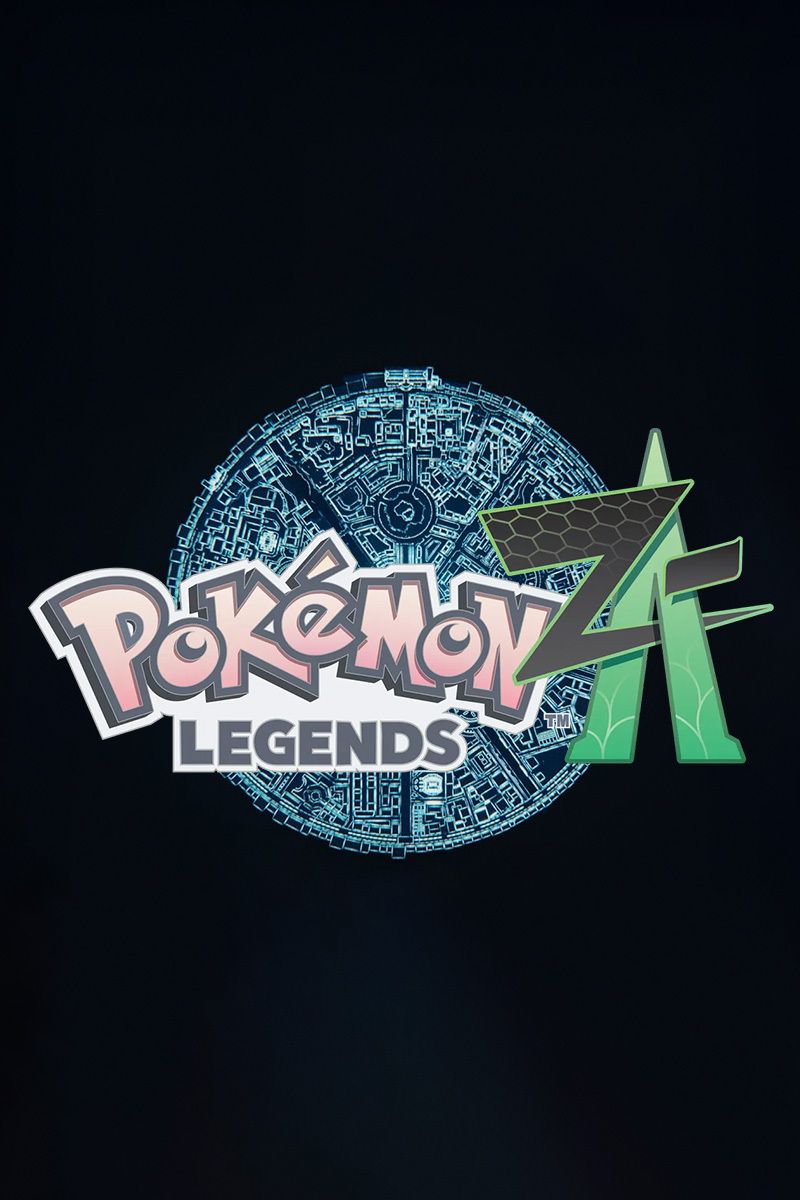Highlights
- Lumiose City's redevelopment in Pokemon Legends: Z-A offers potential for creative regional forms of existing Pokemon like in previous games.
- Unlike Legends: Arceus, Z-A will focus on modern regional Pokemon inspired by urban evolution and real-world examples.
- Urban evolution phenomenon like moths adapting to pollution could influence new regional Pokemon in Z-A set in the Lumiose City region.
Based on everything that's been revealed so far about Pokemon Legends: Z-A, the backdrop of Lumiose City's futuristic urban redevelopment could offer an opportunity for Game Freak to get creative with its potential regional forms and evolutions. Since their introduction in Pokemon Sun and Moon, regional variants of existing Pokemon are now among some of the series' most popular traditions, including Pokemon Legends: Arceus and its unique Hisuian Pokemon. Between this game and the latest Paldean variants featured in Pokemon Scarlet and Violet, it seems almost inevitable that Pokemon Legends: Z-A will continue this trend.
But in contrast to Legends: Arceus, which revamped its regional variants as ancestral Pokemon from Sinnoh's feudal past, Legends: Z-A will instead have to look to the future if it plans to introduce its own regional Pokemon. However, with the confirmation that Legends: Z-A will be set within Lumiose City and not Kalos itself, Game Freak has the chance to add another twist to regional Pokemon that takes inspiration from another real-world example of modern evolution. In doing so, Legends: Z-A could become the first Pokemon game to show the future potential of regional forms instead of those past and present.

Pokemon Legends Z-A's Setting Goes in the Exact Opposite Direction of Pokemon Scarlet and Violet
Pokemon Legends Z-A will take place within Lumiose City, where its densely populated setting could bring about some interesting gameplay choices.
Predicting Pokemon Legends: Z-A's Lumiose City and its Regional Pokemon
Exploring the Real-World Inspiration Behind Regional Pokemon
With Alola taking its inspiration from Hawaii and other Pacific islands, Gen 7 made waves when it adapted the real-world Darwinian theory of evolution by natural selection and jump-started an all-new tradition of new regional Pokemon with each generation. Pokemon's latest generation expanded on this with Scarlet and Violet's "regional fakes" or convergent Pokemon, another real-world example where separate species evolve in near-identical ways. As the next potential mainline Pokemon game, Legends: Z-A and its regional variants could go even further by once again taking inspiration from a more recent real-world phenomenon.
Due to increased human activity such as urbanization and pollution, it appears that certain plants and animals have already begun to adapt to their new city eco-systems through a process now known as "urban evolution" or "urban Darwinism." Though the number of confirmed instances is limited, it already includes examples like moths becoming darker due to pollution and insects adapting to the high temperatures of heat islands. Between the official and rumored cases of urban evolution, this evolutionary phenomenon would be perfect for regional Pokemon in Legends: Z-A thanks to its Lumiose City setting.
How Urban Evolution Could Influence Pokemon Legends: Z-A
While there may already be a handful of regional Pokemon that fit the urban evolution model, like Alolan Grimer and Muk or Galarian Weezing, Legends: Z-A could take a deeper dive into this through the game's city as a "region." With Legends: Z-A potentially giving Zygarde the spotlight, a story focusing on the impact humans have on nature and life would be perfectly suited to X and Y's Legendary trio if they are set to return. The table below outlines just a few instances of urban evolution that Legends: Z-A could take inspiration from when combined with Pokemon first seen in the Kalos region.
Example of Urban Evolution | Pokemon Legends: Z-A Regional Pokemon |
|---|---|
Peppered moths have grown darker due to human pollution. | Vivillon could receive new darker forms with a possible type change to Poison or Dark. |
The hawksbeard has adapted to urban areas where water, light, and nutrients are scarce. | Florges could become Grass- or Ground-type and limited to its yellow form resembling the hawksbeard. |
Rodents in cities appear to be developing longer noses and smaller teeth. | Dedenne could replace its Fairy type with Dark or Poison, or it could gain a new evolution. |
Anole lizards seem to be developing longer limbs with more lamellae in urban areas. | The Helioptile line could embrace a solar panel design and swap types from Normal to Steel. |
Bobcats have allegedly been selected and reared by humans for mange resistance. | Espurr could gain the Ground-type for extra Poison resistance as well as a new regional evolution. |




